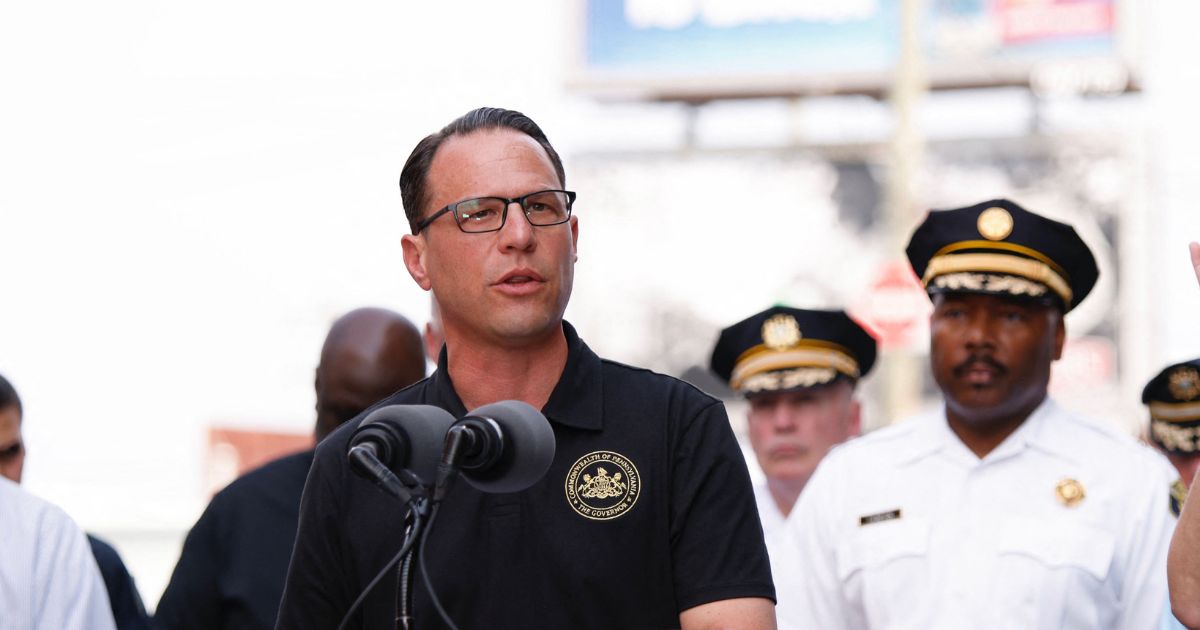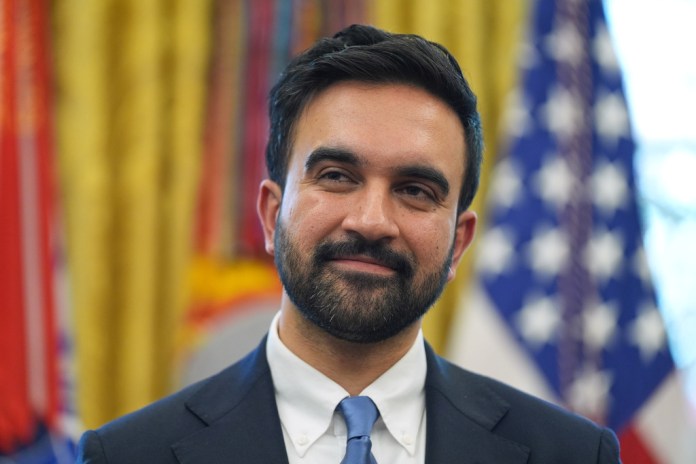The $567M price tag of gun violence in Pennsylvania – Washington Examiner
The article discusses the significant economic and human impact of gun violence in Pennsylvania, highlighting that gun-related incidents result in 1,700 deaths and 2,000 injuries annually in the state. The financial burden of gun violence is immense, costing Pennsylvania approximately $12.1 billion each year, with taxpayers contributing nearly $567.4 million to these costs. Despite a general decline in gun violence statistics, concerns remain due to increased incidents following the COVID-19 pandemic.
Experts emphasize the necessity for improved data collection and effective enforcement of existing laws to combat gun violence. For instance, Pennsylvania’s law requiring domestic violence offenders to surrender firearms has successfully removed guns from 85% of those homes. Advocates call for the adoption of ”red flag” laws, which permit law enforcement to temporarily confiscate guns from individuals deemed a risk to themselves or others. States that have implemented such measures report positive outcomes, including reduced suicide rates and prevention of mass shootings. However, critics argue that these laws may infringe upon constitutional rights.
The $567M price tag of gun violence in Pennsylvania
(The Center Square) – The debate over gun violence prevention often boils down to constitutionality and grim crime statistics.
While the human impact of the issue can’t be fully measured, it’s not impossible to put some real numbers behind the fallout.
Mary Kenah, policy council for Everytown for Gun Safety, told the House Democratic Policy Committee on Monday that, in an average year, gun-related violence claims the lives of 1,700. Another 2,000 are injured.
The human toll comes at a high cost. Scott Bohn, executive director of the Pennsylvania Chiefs of Police Association, cited studies that show gun violence costs the state $12.1 billion annually, of which $567.4 million is paid by taxpayers.
According to Dr. Vivek Ashok, fellow at the Policylab for Children’s Hospital of Pennsylvania, the medical cost of gun violence across the US was over $492 billion in 2020. Roughly $78 billion of that total was incurred by children injured by firearms.
Hospitalization for a firearm injury for a single child costs an average of $35,000, not including follow-up appointments, most of which is covered by Medicare and Medicaid. Additionally, those impacted by gun violence show higher rates of PTSD, anxiety and other mental health disorders that further strain the health care system.
On the whole, gun violence numbers are on the decline in Pennsylvania. According to Bohn, however, the statistics can be misleading. Violence reached unprecedented peaks in the wake of the COVID-19 pandemic, which saw a proliferation of guns in U.S. households dovetail with major social and economic stressors.
Numbers are still above pre-pandemic levels, Bohn said.
The committee focused its questions on what law enforcement and community organizations need to do to continue that downward trend. Lawmakers asked how they could make an impact on gun violence and what policies could be enacted.
Advocates like Adam Garber, the executive director of Ceasefire PA, say that improving data collection efficiency can largely help address the issue.
In many cases, groups are working with statistics and records from years prior and bouncing between systems and structures to find them. Improving the speed with which information is shared and the breadth of that sharing would have a major impact and better enable law enforcement to act.
According to Kenah, laws already on the books have proven to be extremely effective when properly enforced. For example, since enacted in 2018, Pennsylvania’s law requiring those convicted of domestic violence offenses to relinquish firearms has led to guns being removed from 85% of offenders’ homes.
She highlighted two issues that she said could save thousands of lives if properly addressed. The first is Extreme Risk Protection Orders – often called red flag laws –which allow law enforcement to temporarily remove guns from people who pose an immediate risk to themselves or others.
Red flag laws have been enacted in 21 states. According to Kenah, the suicide rate dropped by 14% in the year following its enactment in Connecticut. In California, 58 mass shootings were prevented between the years 2016 and 2018.
Critics say red flag laws violate the Fourth Amendment, which protects from unreasonable search and seizure. Hearings for protection orders take place without the gun owner present, draw further concern.
Kenah also supports a ghost gun ban and universal background checks. Currently, residents only submit to a check when buying a handgun. Requiring electronic records would enable faster data sharing, too.
“I think it’s pretty obvious that our caucus kind of rows in the same direction on this issue,” said Rep. Christina Sappey, D-Kennett Square.
She noted, however, that when anything relating to data collection comes up, gun rights advocates object to record-keeping as a privacy infringement.
Bohn shrugged off the criticism as nothing more than “talking points.”
“The first obligation of any elected official is public safety,” he said.
The economic impact of the firearms industry also remains up for debate. According to the Firearm Industry Trade Association, the industry and its employees pay over $10.9 billion in taxes each year. Gun rights lobbyists spent almost $16 million to influence American politics in 2021.
In 2022 , gun violence prevention groups spent nearly $3 million on political races, of which Everytown for Gun Safety contributed nearly half.
" Conservative News Daily does not always share or support the views and opinions expressed here; they are just those of the writer."




